How to Harvest Your Fruits and Vegetables Like a Pro: Welcome to a journey where the garden becomes your canvas, and each pluck, twist, and cut transforms into a stroke of expertise. As you step into the role of a seasoned gardener, you’re not just gathering produce—you’re orchestrating a symphony of flavors, nutrients, and mindful practices.
In this guide, we’ll delve into the art of harvesting with finesse, navigating the nuances of timing, techniques, and tools that elevate your gardening prowess. With a touch as delicate as nature’s own, you’ll learn how to coax the best from your garden’s offerings, transforming each harvest into a masterpiece of taste and nourishment.
Understanding Time to Harvest
Understanding the Right Time to HarvestAs any experienced gardener knows, the moment of harvest is a culmination of patience and precision. Just like a seasoned chef knows precisely when to pull a dish from the oven, a skilled gardener understands the critical importance of timing when it comes to reaping the rewards of their labor. By mastering the art of recognizing the right time to harvest, you’re poised to enjoy produce that bursts with flavors and nutrients in every bite.
Identifying Ripeness Indicators
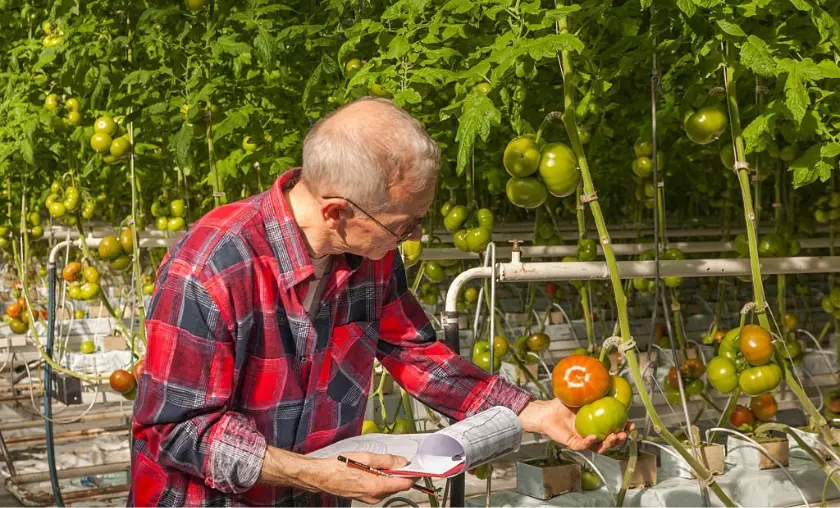
Delving into the world of harvesting starts with keen observation. Your plants provide visual and tactile cues that unveil their readiness for harvest. Whether it’s the vibrant color shift of a ripe tomato, the firm yet yielding touch of a ready avocado, or the earthy aroma of a perfectly matured melon, your senses are your greatest allies.
Think of your garden as a symphony of signals—colors, textures, and fragrances—that guide your hand to pick the fruits & vegetables at their peak of ripeness.
Timing for Optimal Flavor & Nutrients

Timing, they say, is everything. This adage holds true in the garden as well. The window of opportunity for harvesting can be remarkably narrow, and knowing when to seize it can make all the difference. Picking your fruits and vegetables at the right moment ensures the finest flavors and guarantees you’re getting the most nutritional bang for your buck.
For instance, studies have shown that certain nutrients, like antioxidants, are at their highest levels right when the produce reaches its optimal ripeness. So, staying attuned to these nuanced timing nuances lets you indulge your taste buds and nourish your body optimally.
Tools for Successful Harvesting
Essential Tools for Successful HarvestingLet’s turn our attention to the tools of the trade. Just as a painter wields brushes to create a masterpiece, a gardener relies on specific tools to execute the art of harvesting with finesse. These tools are more than objects—they’re extensions of your expertise, enabling you to coax the best from your plants.
Garden Shears, Scissors, or Pruners

When it comes to the act of harvest, precision reigns supreme. Garden shears, scissors, and pruners are your go-to companions for cleanly and expertly snipping your produce from the plant.
The crisp cut made by these tools not only preserves the health of the plant but also ensures that your fruits and vegetables remain intact, ready to be savored at their finest. The careful selection of the appropriate tool for the job showcases your attention to detail and your commitment to treating your garden’s bounty with the utmost respect.
Harvesting Baskets or Containers
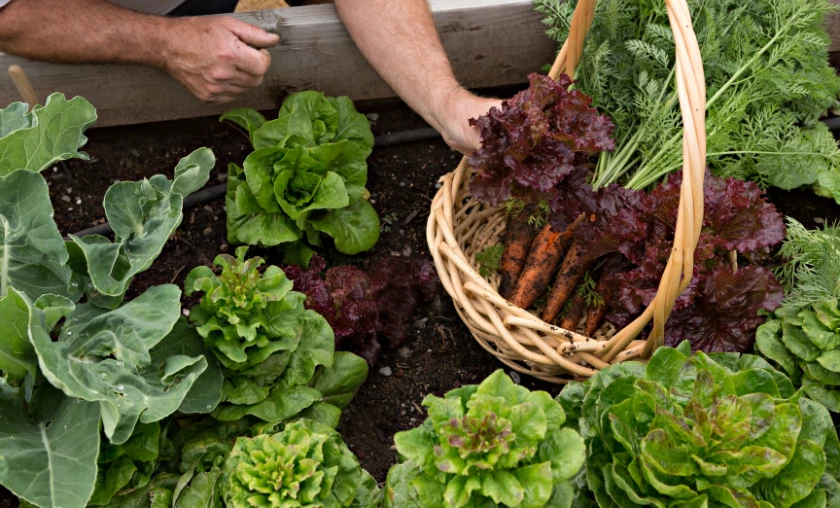
Imagine your garden’s produce as precious gems, ready to be delicately collected and cradled. That’s where harvesting baskets and containers come into play. These vessels, designed with careful consideration, provide a safe haven for your freshly harvested treasures.
Opt for baskets with gentle cushioning to prevent bruising and containers that allow for proper ventilation, maintaining the just-picked quality of your harvest. With these thoughtful tools in hand, you’re not just collecting vegetables—you’re gathering the fruits of your labor and your garden’s generosity in a way that honors their significance.
Gloves & Protective Gear
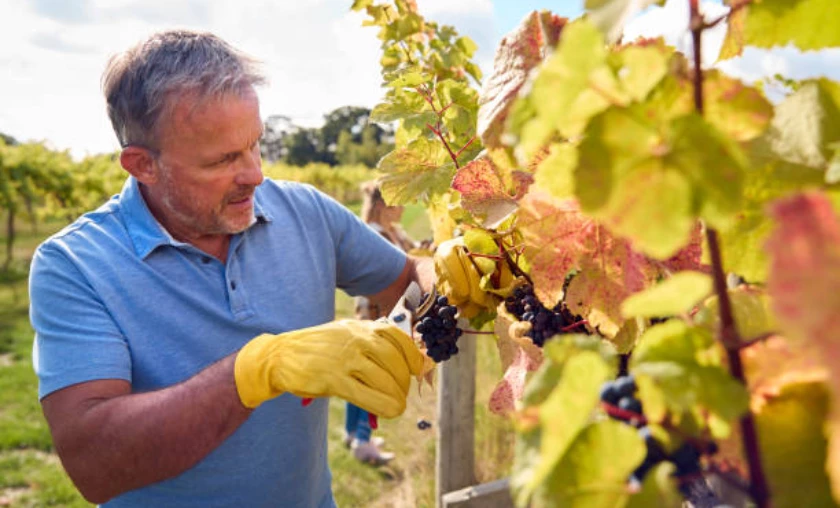
Harvesting isn’t just an art—it’s also a tactile experience. While your hands connect with the Earth, ensuring your plants’ safe and nurturing growth, they also deserve protection during the harvest. Sturdy gloves shield your hands from potential thorns, rough edges, and other elements that can compromise your comfort and safety.
Additionally, depending on your garden’s specific demands, consider wearing protective gear like knee pads or even a light apron to further safeguard yourself against the unexpected. By tending to your well-being, you ensure that your harvesting endeavors remain enjoyable and rewarding for years.
Pre-Harvest Preparation
Pre-Harvest Preparation: Setting the Stage for SuccessIn this case, the backstage preparations are just as important as the main event. To ensure that your fruits and vegetables take their final bow with finesse, there are several crucial steps to undertake before the curtain rises on harvest day.
Proper Watering Before Harvest
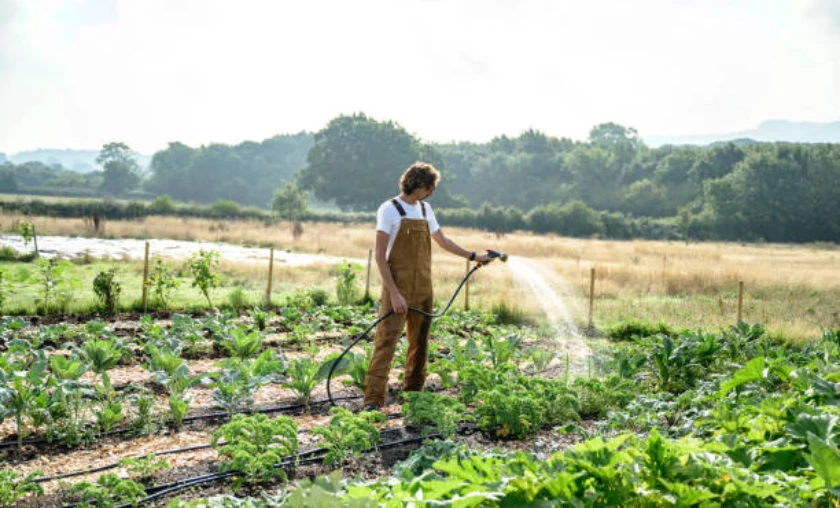
Think of water as the lifeblood of your garden—a vital force that fuels growth, development, and, ultimately, the quality of your harvest. Pay careful attention to your plants’ hydration needs in the days leading up to the harvest.
Adequate watering primes them for a triumphant farewell, ensuring they’re plump, succulent, and brimming with flavor. A well-hydrated plant offers more robust produce and endows you with a sense of accomplishment, knowing that your attentive care has paved the way for an exceptional harvest.
Clearing Surrounding Debris
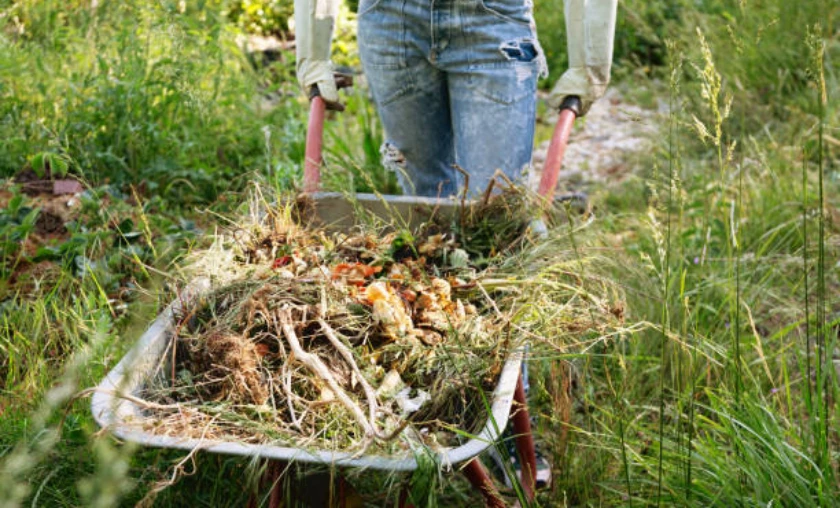
Imagine a stage cluttered with props, costumes, and distractions—the performance would be hindered, and the stars of the show would struggle to shine. Your garden’s stage, too, deserves a clutter-free spotlight.
Clear the surroundings of your soon-to-be-harvested plants from any debris, fallen leaves, or overgrown weeds. This unobstructed environment showcases the fruits and vegetables you’re about to harvest and presents a clean canvas for their final moments in the spotlight.
Inspecting for Pests & diseases

A meticulous gardener understands that a healthy garden is the result of vigilance and preventive care. As your plants prepare to bestow their yield upon you, please take a moment to inspect them for any unwelcome visitors or signs of disease.
Pests and diseases can rapidly spread and impact the quality of your harvest. By identifying and addressing these issues early on, you’re safeguarding the fruits of your labor and demonstrating your dedication to nurturing a thriving garden ecosystem.
Techniques for Harvesting
Gentle Techniques for Gentle HarvestingImagine stepping onto the stage with a ballet dancer’s grace, every movement deliberate and precise. Skilled gardener hones their harvesting techniques to ensure the utmost care and respect for the plants that have thrived under their stewardship. How you interact with your plants during harvest influences the immediate outcome and sets the tone for their future growth.
How to Use Pruning Shears Correctly

Pruning shears are to a gardener what a brush is to an artist—a tool of creative finesse. When it comes to harvesting, using pruning shears correctly is your gateway to a performance of unparalleled elegance.
The art of a clean, precise cut is visually pleasing and ensures minimal stress on the plant. When using pruning shears, position them carefully to snip stems at a slight angle, allowing water to drain away from the cut and preventing potential rot. This mindful approach showcases your commitment to nurturing your garden, both in the present moment and for seasons to come.
Handling Delicate Fruits & Vegetables

Harvesting delicate produce is akin to cradling a fragile work of art—it requires a gentle touch and an understanding of its vulnerability. Delicate fruits like berries and tender vegetables like greens demand a nuanced approach. When plucking these treasures, apply just enough pressure to detach them without bruising or damaging the plant.
Your hands become extensions of the plant’s own structure, ensuring that its final offering is as pristine as its growth journey. Whether it’s using the “pinch and twist” method for berries or the “cut and cradle” technique for greens, your sensitivity to the plant’s fragility speaks volumes about your dedication to mastering the art of harvesting.
Harvesting Types of Fruits
Harvesting Different Types of FruitsJust as a symphony is composed of a myriad of instruments, your garden orchestra plays an array of notes through the diverse fruits it bears. From the sturdy branches of trees to the lowly sprawl of bushes, each type of fruit holds its own unique charm. To master the art of harvesting, it’s essential to become attuned to each category’s distinct needs and characteristics.
Tree Fruits: Apples, Peaches, Citrus, etc.

The lofty branches of trees offer a bounty that rewards your patience with flavors that linger long after harvest season. Regarding tree fruits, such as apples, peaches, and citrus varieties, elevation becomes your canvas.
As you climb up to these treasures, take care to choose fruits that are fully ripe—often evidenced by a subtle color shift and a gentle yield when lifted. Use a gentle twist to detach them, or employ a soft yet firm upward motion to encourage their release. With each plucked piece of fruit, you’re not just gathering sustenance; you’re collecting the essence of the sun and the soil that nurtured them.
Bush Fruits: Blueberries, Raspberries, Blackberries, etc.

A stroll through a lush berry patch is an exercise in indulgence for both the senses and the palate. When it comes to harvesting bush fruits, the delicate nature of these jewels demands a deft touch.
Blueberries, raspberries, and blackberries reward the gentle graze of your fingertips. Slide your fingers underneath the ripe berries and let them roll into your palm, collecting the best of the harvest without tugging or crushing. The tiny gems you gather represent the culmination of your efforts, each one a testament to the careful dance between nature’s rhythm and your nurturing guidance.
Harvesting Types of Vegetables
Harvesting Different Types of VegetablesThe world of vegetables is a tapestry of colors, textures, and flavors, each offering a unique contribution to your culinary repertoire. Just as a conductor guides an orchestra through a symphony, your role in harvesting different types of vegetables requires skillful direction to ensure that each variety reaches its peak potential. From the earthy allure of root vegetables to the tender embrace of leafy greens, let’s journey into the heart of vegetable harvesting.
Root Vegetables: Carrots, Potatoes, Beets, etc.

Root vegetables embody the hidden treasures of the garden—nurtured beneath the soil, waiting to be unearthed and savored. When it comes to harvesting these gems, a careful approach is essential. Gently loosen the soil around the base of the plant to reveal the hidden roots.
For carrots, grasp the green tops and wiggle the root free, allowing it to emerge without resistance. Use a fork or your hands to gently lift potatoes from the soil, avoiding punctures that could lead to spoilage. As you harvest each root vegetable, feel a connection to the Earth itself, knowing that your hands have revealed these earthbound treasures.
Leafy Greens: Lettuce, Spinach, Kale, etc.

Leafy greens beckon like a lush oasis in your garden, promising vibrant color and a burst of nutrients in every bite. Harvesting these delicate leaves requires a tender touch, akin to arranging fragile petals into a bouquet. To ensure a continuous supply, opt for a “cut and come again” method, snipping the outer leaves as needed while allowing the inner ones to continue growing.
Use sharp scissors to cleanly cut the leaves just above the base of the lettuce. When harvesting kale or other sturdy greens, gently tug the leaves away from the stem, allowing them to break free without damaging the plant. Your approach to harvesting leafy greens showcases your commitment to nourishing your body with the freshest and most vibrant produce.
Flavor & Nutrient Retention
Maximizing Flavor & Nutrient RetentionImagine your garden as a treasure trove of flavors and nutrients, each fruit and vegetable brimming with the essence of the Earth. As you stand on the threshold of harvest, how you approach gathering these treasures can significantly impact their taste and nutritional value. Just as a chef uses precise techniques to elevate a dish, a skilled gardener employs strategies to ensure that the flavors and nutrients of their produce shine with brilliance.
Impact of Harvesting Techniques on Flavor
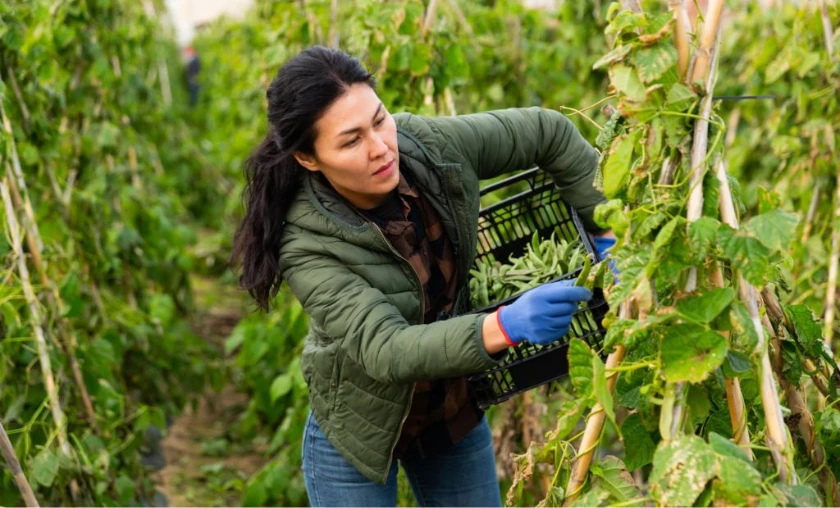
The manner in which you harvest has a profound effect on the flavor profile of your fruits and vegetables. A well-executed harvest preserves the plant’s natural juices and aromatic compounds, resulting in produce that bursts with taste upon your plate. Delicate fruits benefit from a gentle touch that minimizes bruising, preserving their succulence.
Using proper tools and techniques ensures that your harvest is an act of respect—a tribute to the plant’s journey from seed to harvest, maintaining its inherent flavors intact. As you savor the results of your efforts, know that your mindful approach has played a pivotal role in delivering a truly exceptional culinary experience.
Retaining Vitamins & Minerals During Harvest

When you harvest at the peak of ripeness, you’re treating your taste buds to a treat and ensuring that your body receives a bounty of essential vitamins and minerals. The act of harvesting impacts the nutritional value of your produce, and your aim is to maximize these benefits.
Certain nutrients are most abundant just before or at the point of peak ripeness. By timing your harvest correctly, you’re locking in the optimal levels of vitamins, antioxidants, and other nutrients that contribute to your overall well-being. As you enjoy the fruits (& vegetables) of your labor, take pride in knowing that your commitment to mindful harvesting is nurturing your body as much as it’s delighting your palate.
Avoiding Harvesting Mistakes
Avoiding Common Harvesting MistakesSkilled gardener refines their approach to harvesting to ensure a symphony of success. The path to becoming a harvesting virtuoso requires learning the right techniques and understanding the pitfalls to avoid. Steering clear of common harvesting mistakes is key to reaping the rewards of your labor while maintaining the integrity of your garden’s offerings.
Premature Harvesting Pitfalls

The temptation to pluck your produce prematurely is akin to opening a gift before its time—the anticipation is overwhelming, but the result can be disappointing. Premature harvesting occurs when the fruits or vegetables are picked before they’ve reached their optimal level of ripeness.
While impatience can drive this impulse, letting nature complete its course is essential. A fruit or vegetable that’s harvested prematurely may lack the full flavor and nutritional value it would have achieved if given the chance to mature on the plant. By exercising patience and waiting for the telltale signs of ripeness, you’re ensuring that each harvest is a moment of genuine delight.
Overripening Consequences

On the flip side of the harvesting coin lies the risk of overripening, where your produce remains on the plant for too long, transitioning from perfect ripeness to a state of overmaturity. This is especially true for fruits that continue to ripen after being picked. Overripening can result in mushy textures, loss of flavor, and a decline in nutritional value.
To avoid this pitfall, stay vigilant and watch your garden as it approaches the peak of readiness. Harvesting at just the right moment preserves the exquisite balance of flavors and textures, allowing you to enjoy nature’s creations at their finest.
Handling Fragile Produce
Handling Fragile Produce with CareWhen it comes to handling fragile produce, such as berries and tomatoes, your expertise as a gardener takes on a nurturing role. Your ability to navigate the realm of tender fruits showcases your dexterity and deep connection with the harvest itself.
Berries: Picking without Bruising

Berries, those tiny treasures of summer, are nature’s candy—a burst of flavor in every bite. To gather these jewels without causing harm requires a touch as delicate as the morning dew. Gently grasp the berry between your thumb and fingertips, applying minimal pressure to detach it from the plant.
Avoid squeezing too tightly, as this can lead to bruising and loss of integrity. Adopting the “pinch and pull” method allows the berry to relinquish its hold naturally, honoring its contribution to your culinary creations.
Twisting vs Cutting

With their plump and juicy nature, Tomatoes require a different approach for optimal harvest. When it comes to tomatoes, the choice between twisting and cutting depends on the stage of ripeness. A gentle twist with your hand should suffice for ripe tomatoes, freeing the fruit from the stem. This method prevents any unnecessary damage and ensures that the tomato remains whole.
However, for tomatoes that aren’t quite ripe, a pair of pruning shears or scissors can be employed to make a clean cut just above the stem. This avoids stressing the plant and allows the tomato to continue ripening off the vine. Your mastery of tomato handling speaks to your ability to nurture these vibrant gems with the same care and attention they’ve received from the garden itself.
Post-Harvest Handling & Storage
Post-Harvest Handling & StorageThe final act of the harvesting journey is a dance that continues even after the last fruit is plucked and the last vegetable is gathered. Post-harvest handling and storage are the closing notes of your garden’s symphony, ensuring that the rewards of your labor are enjoyed to their fullest potential.
Cleaning Fruits & Vegetables

The transition from garden to kitchen is an opportunity to lavish your produce with the care it deserves. A thorough cleaning removes dirt and instills a sense of reverence for the journey these fruits and vegetables have undertaken.
Gently rinse your harvest under cool, running water, being mindful not to scrub or rub too vigorously, which could damage delicate skins. For leafy greens, submerge them in a bowl of water and allow the dirt to settle at the bottom. By treating your harvest with the same attention you’ve given to their growth, you’re preparing them for their rightful place on your table.
Storing Properly for Longevity
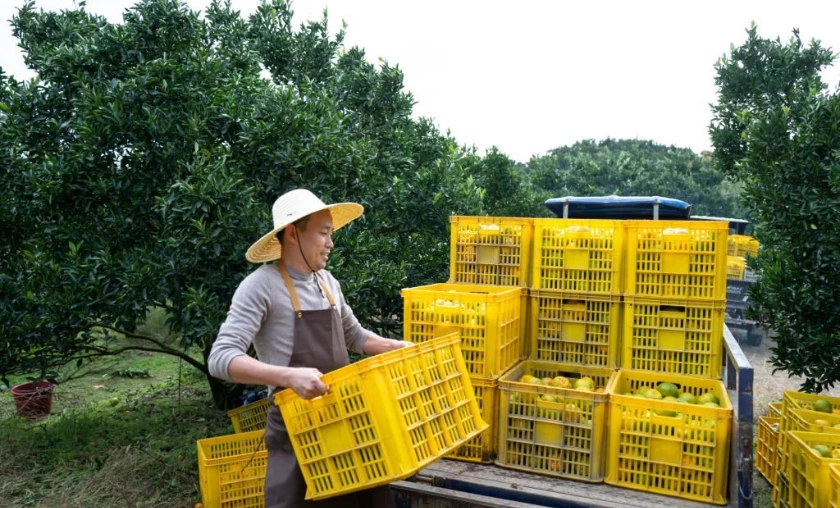
Storing your harvest correctly is akin to tucking a cherished keepsake in a safe place for future enjoyment. The goal is to extend the life of your produce, allowing you to savor the flavors of your garden even after the plants have been harvested. Different fruits and vegetables have varying storage needs—some thrive in cool, dark places, while others prefer the cool embrace of the refrigerator.
For instance, root vegetables like carrots & beets benefit from a cool and humid environment to prevent wilting, while tomatoes should be stored at room temperature to maintain their flavor. By understanding the preferences of your produce, you’re ensuring that your harvest remains as vibrant and flavorful as the day it was picked.
Reflecting & Planning
Reflecting & Planning for Future HarvestsAs the sun sets on one harvest, the seeds of the next are already sown—both in the ground and in your mind. The cycle of gardening is a dance between reflection and anticipation, a rhythm that guides you from the past to the future. The time has come to take stock of the season’s accomplishments, both in the garden and in your growth as a gardener. As you reflect on the journey, you pave the way for future success, ensuring that each harvest is a testament to your evolving expertise.
Evaluating the Season’s Harvest
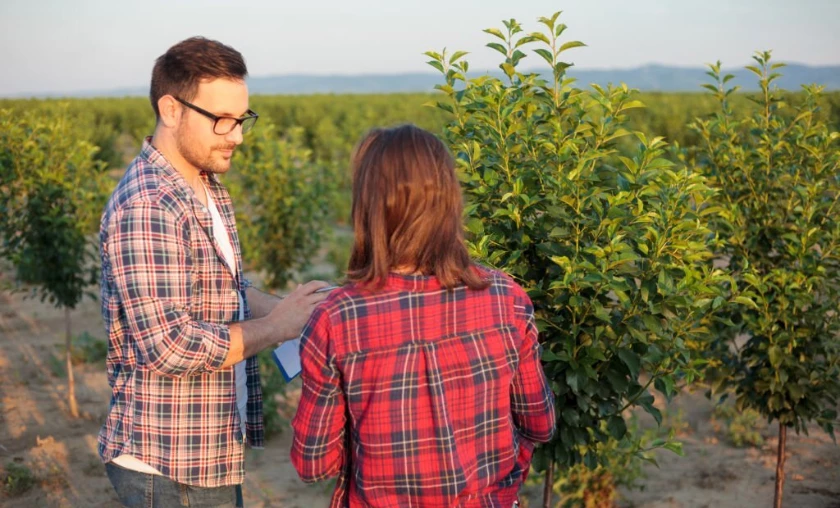
Just as an artist steps back to examine a canvas, you, too, must step back and assess the canvas of your garden. Take a moment to evaluate the season’s harvest—its successes and its challenges. Consider the quality & quantity of the produce, and take note of the varieties that flourished and those that struggled.
Reflect on the techniques you mastered and the lessons you learned. By embracing this introspective exercise, you’re creating a foundation upon which your gardening skills will continue to flourish.
Learning & Adapting for Next Year’s Success
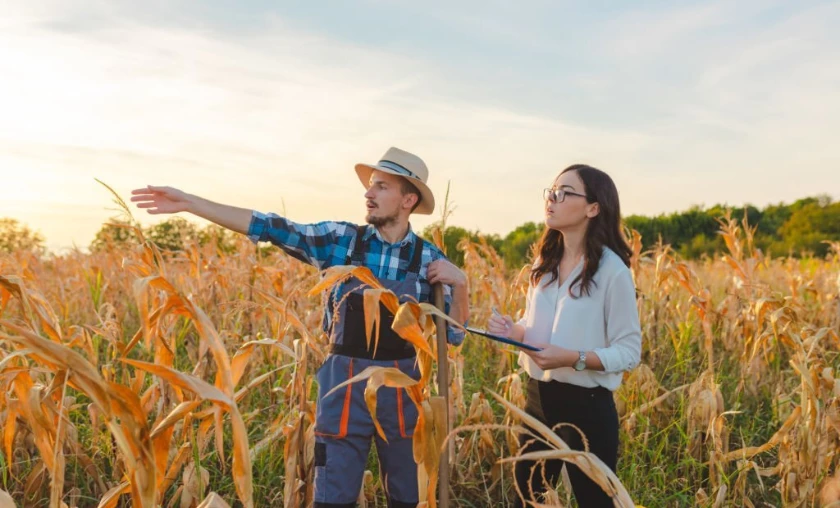
Every gardener is a perpetual student, continuously learning from the Earth’s ever-changing rhythms. Armed with the knowledge gleaned from this season’s harvest, you’re poised to adapt and evolve for the coming seasons.
You may adjust planting times based on the success of certain crops or refine your harvesting techniques to achieve even better results. By synthesizing your experiences into actionable insights, you’re nurturing a cycle of improvement that ensures each successive harvest is more bountiful and rewarding than the last.
Conclusion
As you’ve discovered in this step-by-step guide, each pluck, cut, and twist carries the weight of expertise honed through seasons of dedication. The act of harvesting goes beyond the physical—it’s a communion with the land, a celebration of growth, and a tribute to the flavors and nutrients that nature bestows. From the delicate touch required for fragile produce to the wisdom of timing and the mastery of tools, your role as a gardener is elevated to that of a true artist, co-creating with the Earth itself.
Every harvest is a testament to your growth as a gardener and a steward of the land. With each season, you’ll continue to refine your techniques, adapt to the nuances of your garden, and cherish the journey from soil to plate.
As you revel in the colors, textures, and flavors of your harvest, remember that your commitment to cultivating and nurturing these treasures is a reflection of your reverence for the interconnected web of life. May your future harvests be a symphony of taste and nourishment, echoing the careful cadence of your steps through the garden.
Happy harvesting
FAQs
What should I do after harvesting to ensure the longevity & freshness of my produce?
Post-harvest handling is crucial. Clean your harvest gently with cool water to remove dirt, and store each type of produce according to its preferences. Proper storage, whether in the fridge or a cool, dark place, ensures your bounty remains flavorful and vibrant for as long as possible.
How can I tell if a fruit or vegetable is ripe & ready to be harvested?
Ripe produce often exhibits changes in color, texture, and aroma. For instance, fruits might become more vibrant and yield slightly to pressure, while vegetables could show intense color and feel firm. Trust your senses—the aroma of a perfectly ripe fruit is hard to miss!
How can I prevent damaging delicate fruits like berries during harvest?
Delicate fruits like berries require a light touch. Hold the fruit gently between your thumb and fingertips, using minimal pressure to avoid bruising. Remember the “pinch and pull” technique with berries—it’s like a whisper to nature’s candy.
When is the best time to start harvesting my fruits & vegetables?
The timing of your harvest depends on the type of produce you’re growing. Generally, look for visual cues like color changes and mature size. For the best flavor and nutritional value, aim to harvest during the peak of ripeness, usually in the morning when the plants are hydrated and temperatures are cooler.
How can I ensure my harvested produce’s best flavor & nutritional value?
The right harvesting techniques impact flavor and nutrients. Harvest at the optimal time to lock in peak flavor and nutrient levels. Gentle handling minimizes damage, preserving essential juices and aromatic compounds.
To read more similar articles, click here.
Thanks for visiting our Website. If you appreciate our work, kindly show us some support in our comments section. 🙂





